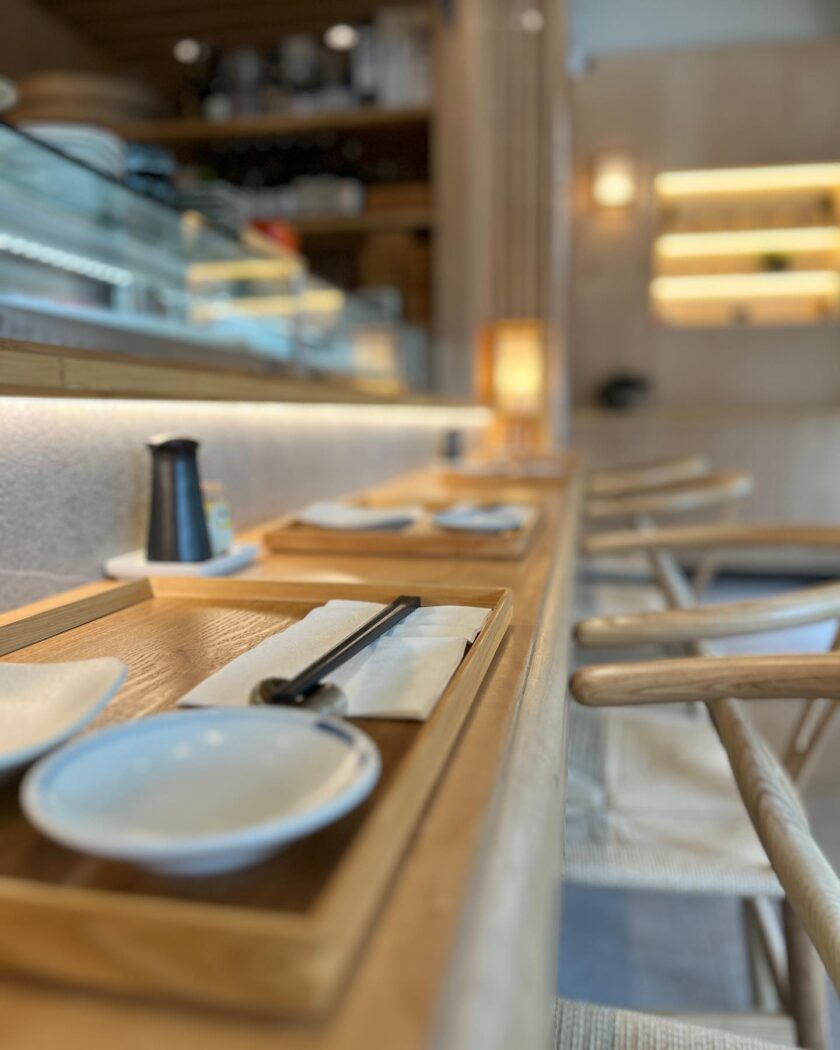Recommended sushi restaurants in Canada
-

Sushi Hil
Sushi restaurant in Canada [SUSHILIVE comment] -


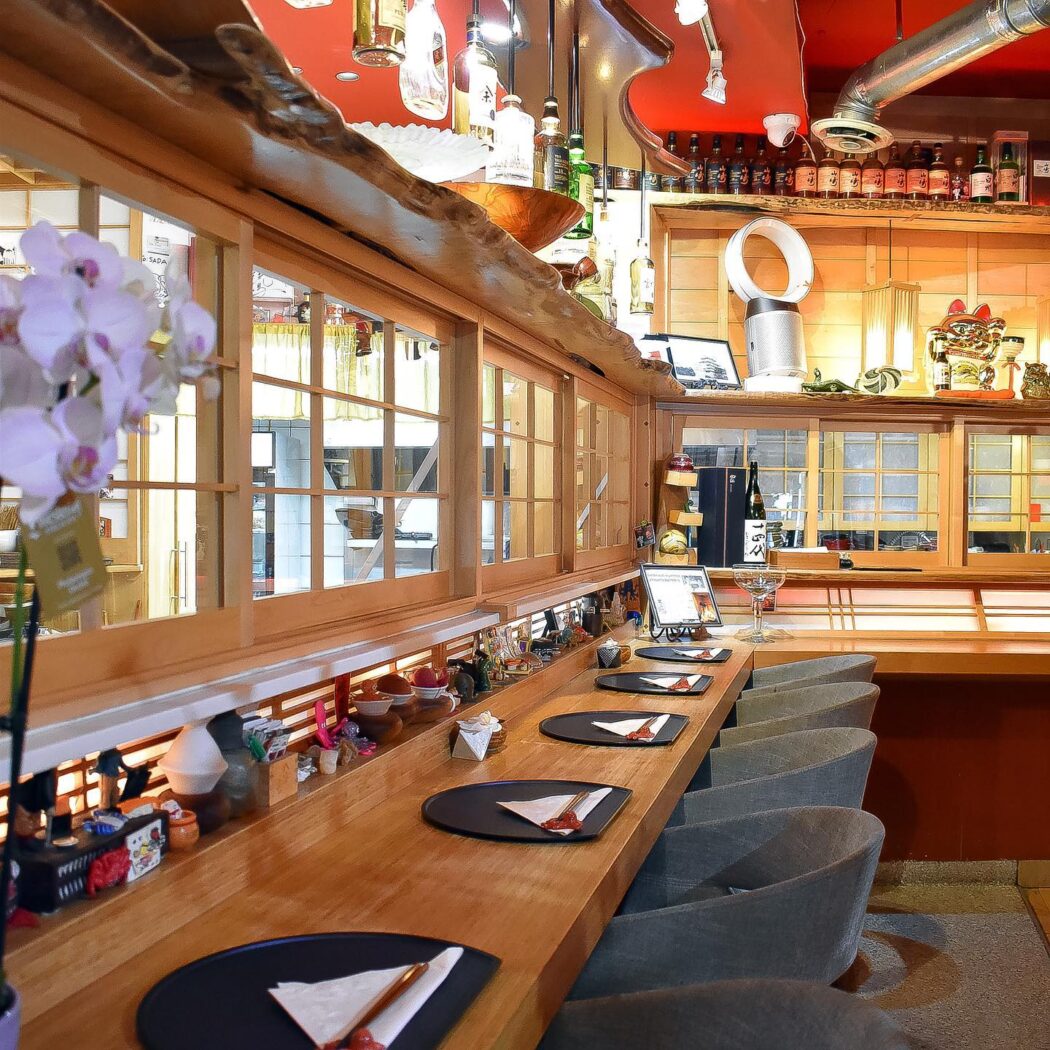
Octopus Garden
Sushi restaurant in Canada [SUSHILIVE comment] -


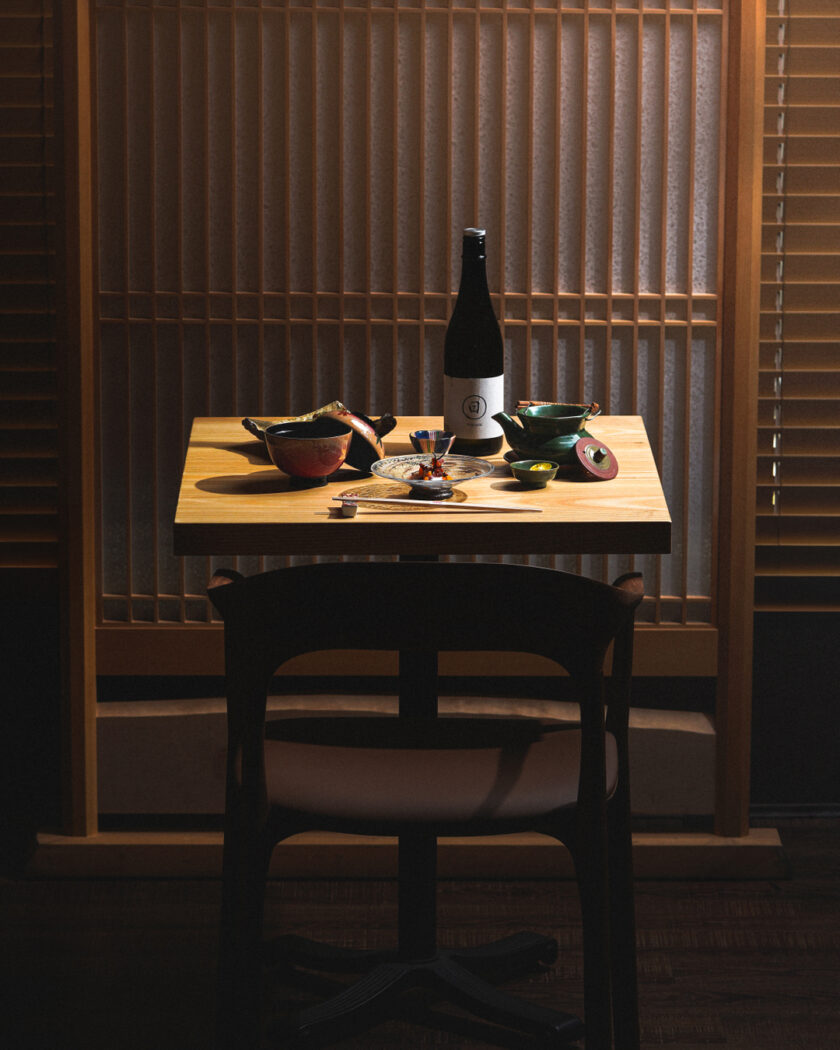
Masayoshi
Sushi restaurant in Canada [SUSHILIVE comment] -



The Lobby Lounge & RawBar
Sushi restaurant in Canada [SUSHILIVE comment] -



Tetsu Sushi Bar
Sushi restaurant in Canada [SUSHILIVE comment] -


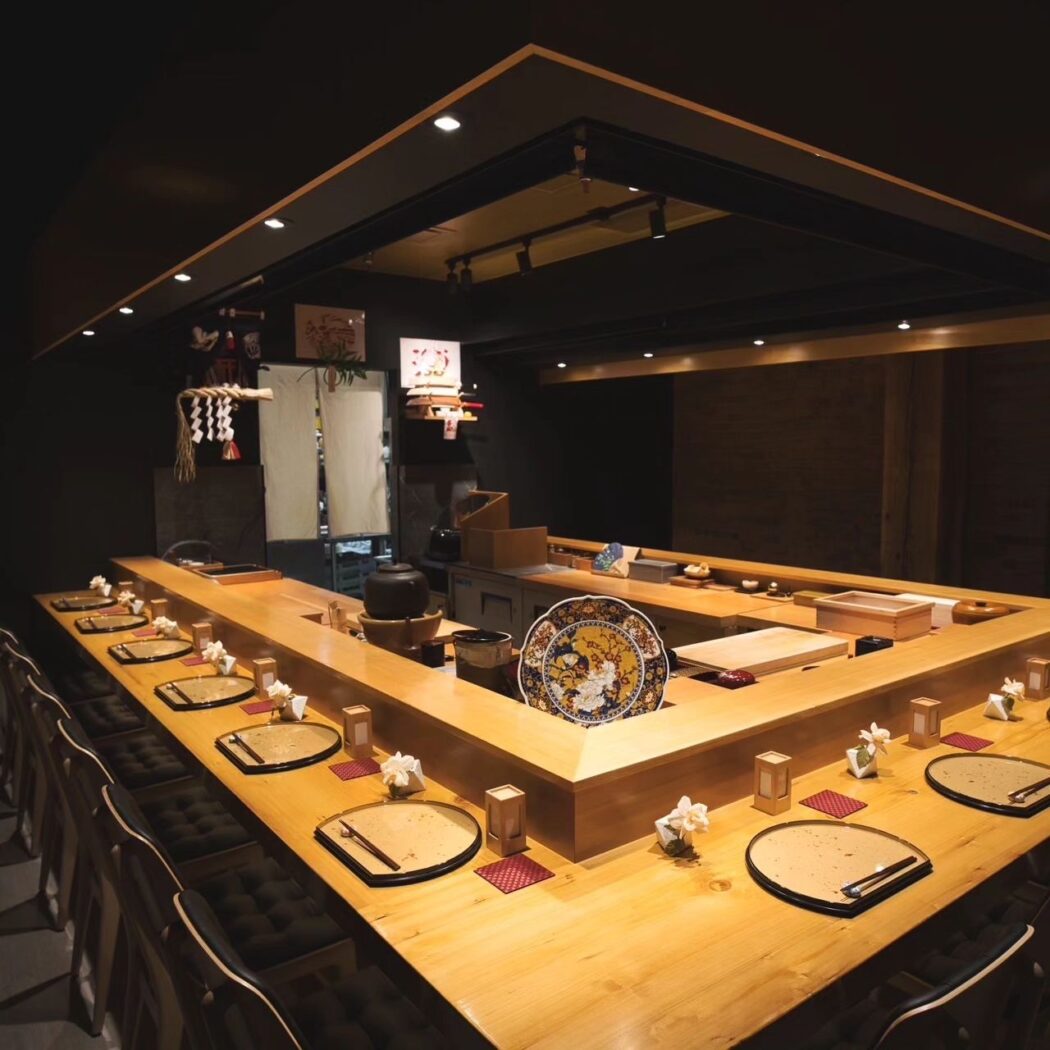
Okeya Kyujiro
Sushi restaurant in Canada [SUSHILIVE comment] -



Sushi Bar Maumi
Sushi restaurant in Canada [SUSHILIVE comment] -


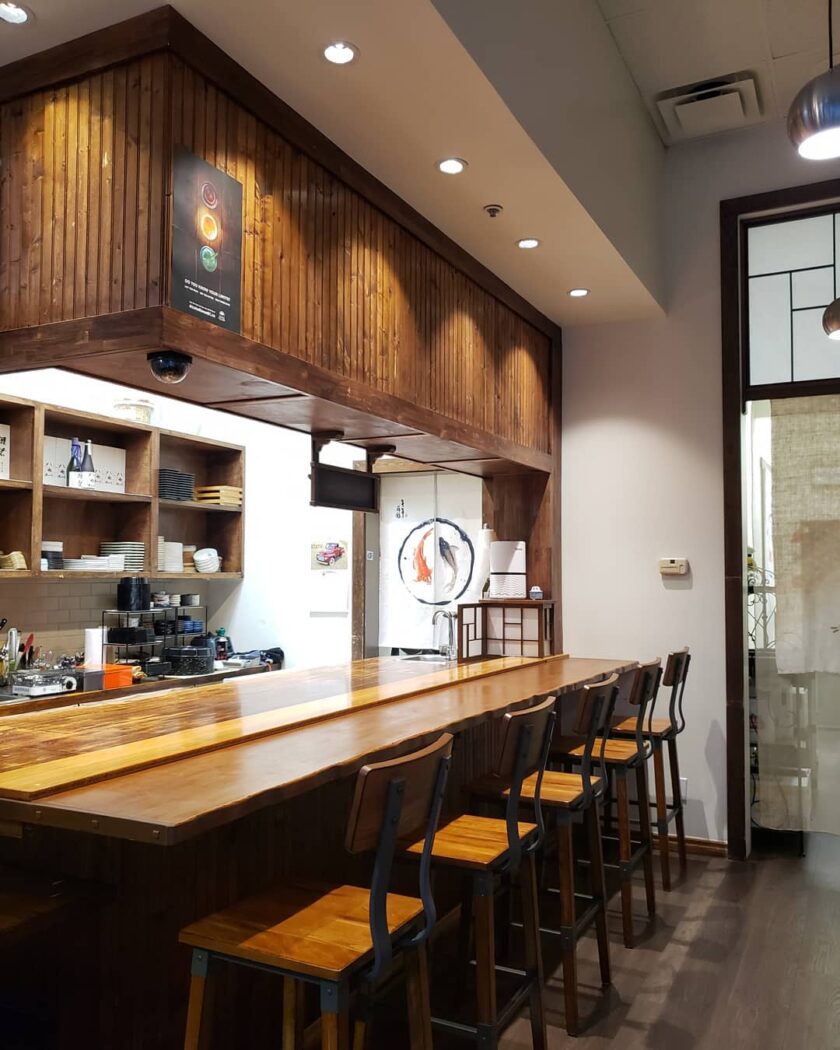
Sushi Jin
Sushi restaurant in Canada [SUSHILIVE comment] -


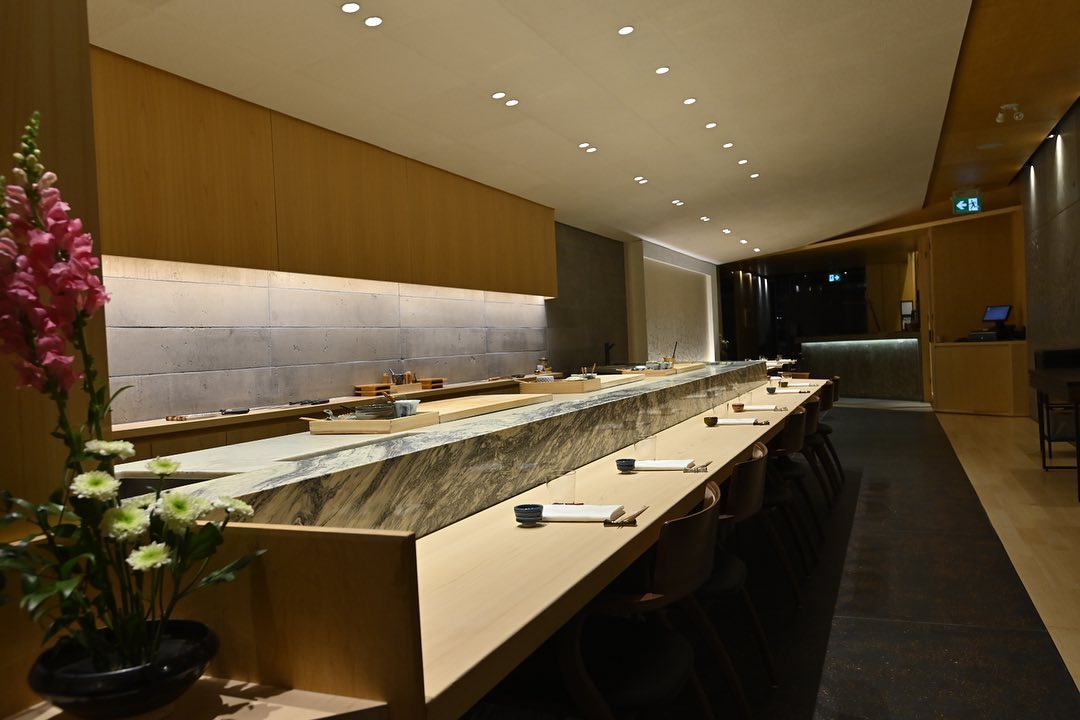
Shoushin
Sushi restaurant in Canada [SUSHILIVE comment] -



Sushi Masaki Saito
Sushi restaurant in Canada [SUSHILIVE comment]
Characteristics of Canada’s Cuisine
A country spread across the North American continent, woven by vast nature and multiculturalism, Canada
Canada, occupying the northern half of the North American continent, boasts the world’s second-largest territory and is charmed by its magnificent natural landscapes. Breathtaking views, such as the splendid peaks of the Rocky Mountains, the thunderous roar of Niagara Falls, and the auroras spreading across the great plains, are found throughout the country.
With a relatively small population of about 38 million, Canada has built a society where diverse cultures coexist. English and French are the official languages, and the culture of the Indigenous peoples is also carefully preserved. While vibrant cultural lives can be enjoyed in urban areas, activities in vast nature are also abundant, making Canada a country with a perfect balance between urban and natural environments.
Canada operates under a constitutional monarchy, with Queen Elizabeth serving as the head of state. Its economy, the 10th largest in the world, is driven by resource development, manufacturing, and the service industry. Recently, the technology sector has also grown, increasing Canada’s presence in the international community.
Canada is a country filled with the charm of rich nature, multicultural coexistence, a stable society, and a vibrant economy. It can be considered an ideal destination for those wanting to immerse themselves in majestic nature, experience diverse cultures, or seek a stable life.
The story of the northern lands, the history of Canada
The history of Canada begins at the end of the Ice Age, when Mongolian ethnic groups crossed into the North American continent. Since then, various ethnic groups, including the French and British, have migrated and built their unique cultures.
In the early 17th century, the French settled, prospering through the fur trade. Canada then became a battleground between Britain and France, becoming British territory in 1763. The conflicts between French and British settlers significantly influenced Canada’s history.
In 1867, with the British North America Act, Canada was born as a dominion. Entering the 20th century, global events such as World War I, the Great Depression, and World War II significantly impacted Canada.
Since the latter half of the 20th century, Canada has embraced multiculturalism as its national policy, actively accepting immigrants and developing into a country where diverse cultures coexist. Recently, it faces new challenges, such as reconciliation with Indigenous peoples and addressing environmental issues.
Canada’s history is a story of Indigenous peoples, the French, the British, and immigrants, unfolding a grand drama on the northern lands.
Enjoying the diversity and bounty of nature in Canadian cuisine
Canadian cuisine is characterized by the fusion of diverse ethnic cultures and the blessings of rich nature.
Influenced by British, French, and Indigenous cultures, each region has developed its distinctive cuisine. The East Coast offers fresh seafood, Quebec boasts traditional local dishes influenced by French cuisine, and the West Coast provides a variety of international dishes.
Wild game and fertile land produce are also features of Canadian cuisine. Maple syrup and salmon are globally beloved ingredients representing Canada.
With the influence of immigrants, the variety of multinational dishes has increased, and Canadian cuisine continues to evolve. The fusion of traditional and new dishes forms the unique food culture of Canada.
The sushi culture in North America, the sushi scene in Canada
Sushi is a staple in Canadian Japanese restaurants. With the popularity of Japanese cuisine, the number of sushi specialty stores has increased, and sushi has undergone unique evolution.
Features of Canadian sushi include a variety of menus utilizing locally sourced fresh ingredients like salmon and tuna, and creative rolls using ingredients different from those in Japan, such as avocado and cream cheese.
Additionally, sushi is recognized as a healthy food option in Canada, appreciated for its low calories, high protein, and balanced nutrition.
Recently, the convenience of takeout and delivery services has made it easier to enjoy sushi at home.
The blessings of Canada’s vast nature, the allure of specialty products
Canada, blessed with a vast territory and rich natural environment, possesses a unique culture and history, and is home to numerous regional specialty products.
Maple syrup, a symbol of Canada, is a natural sweetener made by boiling down the sap of maple trees, known for its unique flavor and refined sweetness. It can be used not only on pancakes and waffles but also in cooking and baking.
Ice wine, created by Canada’s severe cold, is a dessert wine made from frozen grapes, offering a perfect balance of sweetness and acidity with a rich aroma. It’s an excellent dessert wine and pairs wonderfully with cheese.
Salmon, a luxury fish nurtured in Canada’s rich seas, is known for its fatty content and tender flesh, suitable for various dishes including sashimi, sushi, and grilled fish. Recent advancements in aquaculture technology have enabled stable supply, garnering global popularity.
Maple butter is a spread made by mixing maple syrup and butter. It’s not only for spreading on bread or crackers but can also be used in cooking and baking, offering a delicate sweetness and richness of butter.
These specialty products are gifts born from Canada’s rich natural environment and culture. When visiting Canada, tasting these specialty products is highly recommended.

